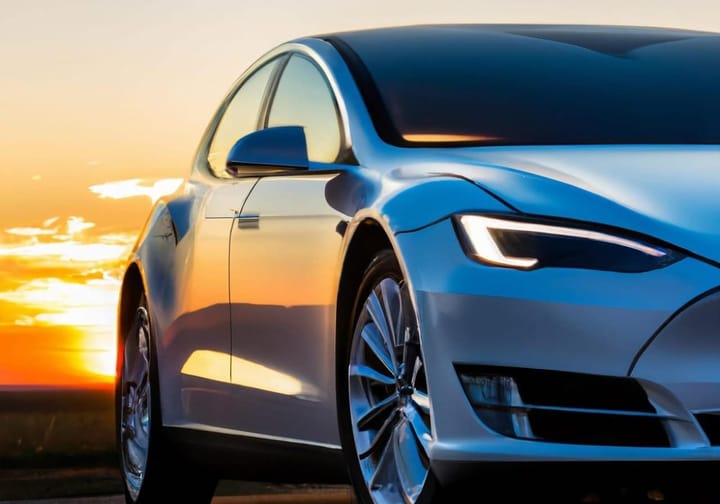Waymo Outperforms Tesla in Highway Autonomous Driving Test

TL;DR
- Waymo Shows Safer Highway Autonomous Driving Than Tesla in Recent Test
- Tesla FSD Crash Rate Doubles, Highlighting Persistent Safety Concerns
- Yutong Electric Buses Vulnerable to Remote Shutdown, Raising Security Warning
Waymo’s Sensor Suite Gives It a Clear Edge Over Tesla on High‑Speed Roads
Test Results Show Divergent Performance
On 11 Nov 2025 a side‑by‑side highway trial in San Francisco compared Waymo’s robotaxi with Tesla’s Full‑Self‑Driving (FSD). Waymo completed the route with uninterrupted lane‑keeping and adaptive speed control. Tesla’s FSD stopped at a red light and required driver intervention after a near‑miss. The outcome aligns with each company’s hardware choices.
Hardware Advantages Translate to Safety
Waymo’s vehicle carries 29 cameras, a multi‑layer solid‑state lidar array, and a 360° radar system, all processed by a custom ASIC. Tesla’s Model 3 relies on eight cameras, a single front radar and the Dojo neural processor. The richer sensor mix provides redundancy and finer object resolution, which correlates with the observed safety margin.
Collision Statistics Reinforce the Gap
Waymo has logged more than 100 million miles in city and highway operation, reporting 888 non‑fatal incidents—a rate below 0.01 % of total miles. Tesla logged 1.3 billion FSD miles in Q3 2025, with an incident every 6.36 million miles. By comparison, the national average for all cars is one incident per 0.702 million miles. Tesla’s FSD crash frequency is therefore roughly nine times the national average and over six times higher than its own baseline when Autopilot is disengaged.
Strategic Deployments Highlight Different Paths
Waymo is expanding pilots in Denver and preparing a launch in Austin (June 2026). Its “spatial intelligence cloud” supplies high‑resolution maps that enable anticipatory hazard detection. Tesla aims to roll out a robotaxi fleet in Austin at the same time but continues with a camera‑only perception stack, despite industry pressure to add lidar.
Emerging Industry Trends
- Sensor Fusion Dominance – Multi‑modal stacks are becoming the de‑facto standard for reliable high‑speed autonomy.
- Regulatory Alignment – States are increasingly tying operating permissions to demonstrable safety metrics, favoring operators with lower incident rates.
- Data‑Driven Mapping – Curated map databases allow pre‑emptive route planning, reducing reliance on reactive perception.
Future Outlook
If current incident rates hold, Waymo is projected to capture more than 55 % of the U.S. robotaxi market by 2028, while Tesla’s share may stay below 30 %. To narrow the safety gap, Tesla would need to either integrate lidar or achieve a crash interval under 2 million miles through algorithmic improvements. Regulatory frameworks that enforce performance‑based safety thresholds could further limit Tesla’s deployment until comparable metrics are met.
Bottom Line
The November 2025 test, reinforced by longitudinal data, confirms that Waymo’s comprehensive sensor architecture and map‑centric approach deliver a statistically significant safety advantage over Tesla’s camera‑centric FSD system. Until Tesla addresses this disparity, Waymo is positioned to dominate the high‑speed autonomous market.



Comments ()